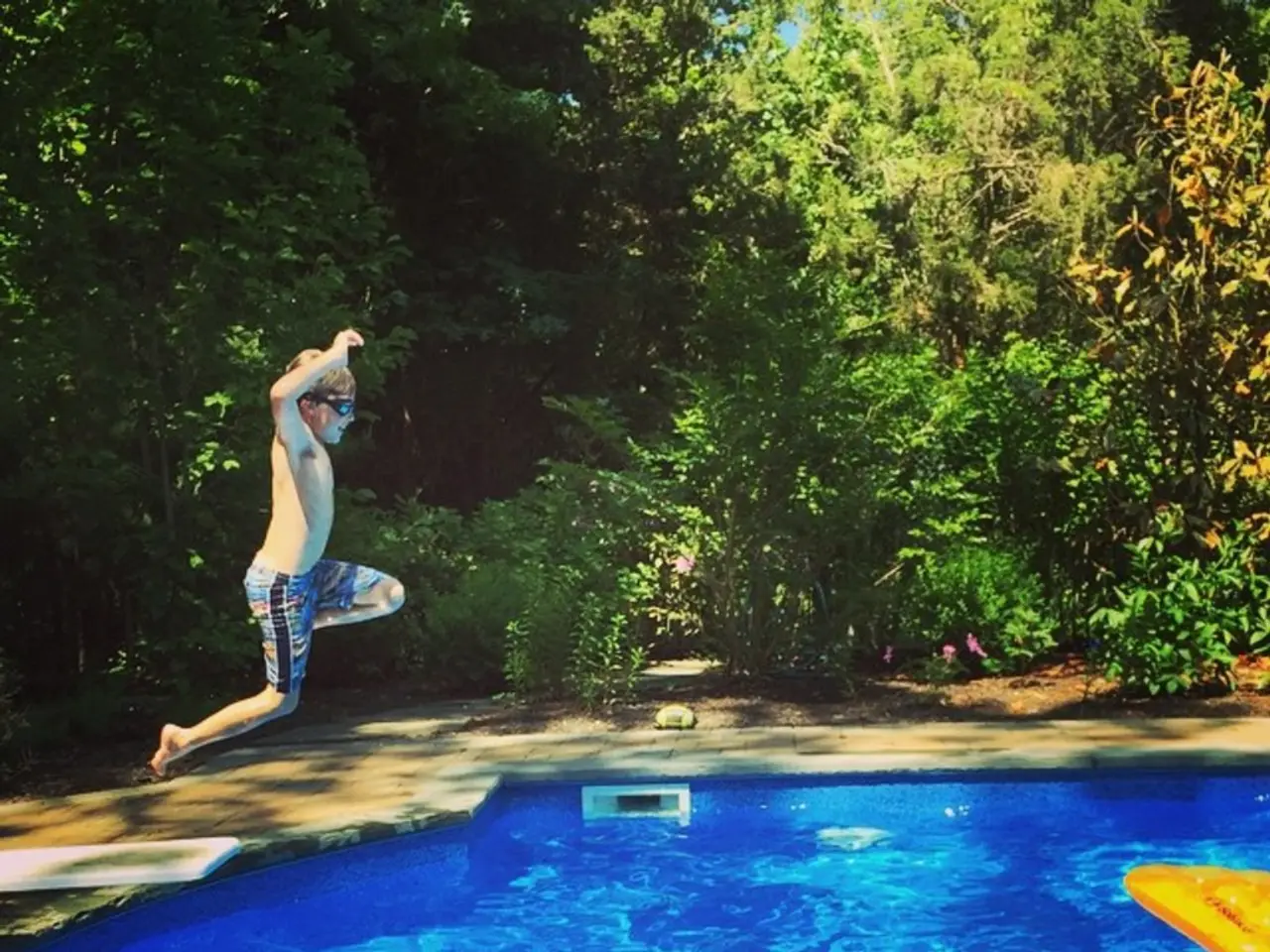Simple Summertime Science Activities for Children: 50 Fun and Educational Projects
For an exciting and educational summer, consider these creative and engaging outdoor science activities suitable for children. These experiments, mainly involving water, sand, simple materials, and nature, promise to spark curiosity and foster scientific thinking.
1. Squirt Gun Volcanoes: Create a miniature volcano using sand or dirt and baking soda, then trigger fizzy eruptions with squirt guns filled with vinegar. This demonstrates acid-base chemical reactions and is perfect for outdoor messy fun.
2. Water Density Rainbow in a Jar: Layer different amounts of sugar with food coloring in a clear jar to create a visually striking rainbow effect. This simple experiment teaches children about water density and solubility.
3. Penny Boat Challenge: Encourage children to design and build small boats using tin foil or natural materials, then test their buoyancy by placing them in water and adding pennies. This hands-on lesson teaches about buoyancy and engineering.
4. Sand and Water Filtration: Set up a DIY water filtration system using layers of sand, gravel, and activated charcoal to demonstrate how natural materials can clean water. This experiment introduces children to water purification and environmental science.
5. Floating and Sinking Nature Hunt: Collect various natural items and predict whether they will float or sink when placed in water. Then test predictions and discuss density and buoyancy concepts.
6. Fizzy Sidewalk Chalk: Mix baking soda, cornstarch, food coloring, and water to make chalk paint. Let children draw on the sidewalk and then spray with vinegar to create fizzing reactions, teaching acid-base interactions in a fun, visible way.
7. Ice Melting Race: Freeze small toys inside ice cubes and have children race to melt their cubes fastest using salt, warm water, or sunlight. This experiment introduces states of matter and how salt lowers ice’s melting point.
8. Sandcastle Science: Build sandcastles with varying amounts of water in sand and observe which mixtures hold shapes best. This teaches children about the role of water in soil cohesion and the physics of granular materials.
9. DIY Paddle Boat: Make a simple paddle boat from recycled materials and test its movement in water, exploring fundamentals of force, propulsion, and simple machines.
These experiments combine natural materials and basic household supplies, making them perfect for outdoor learning that connects children with nature while fostering curiosity and scientific thinking. Enjoy a summer filled with science, fun, and discovery!
- Experimenting with Squirt Gun Volcanoes uses sand or dirt, baking soda, and vinegar in an outdoor setting, demonstrating acid-base chemical reactions and promoting scientific thinking.
- Utilizing layered sugar and food coloring in a Water Density Rainbow experiment in a jar illustrates water density and solubility to children, fostering learning about science.
- The Penny Boat Challenge encourages kids to create, test, and analyze boats using materials like tin foil and natural materials, teaching about buoyancy and engineering.
- Set up Sand and Water Filtration systems to show children how to utilize layers of sand, gravel, and activated charcoal to demonstrate water purification and environmental science concepts.
- Examining a Floating and Sinking Nature Hunt allows children to collect, predict, and discuss buoyancy and density principles using natural materials.
- Creating Fizzy Sidewalk Chalk by mixing baking soda, cornstarch, food coloring, and water enables kids to create art and learn about acid-base interactions in a fun, visible expression.
- The Ice Melting Race featuring small toys frozen in ice cubes and various melting solutions teaches states of matter and how salt lowers ice's melting point.
- Constructing Sandcastles with varying amounts of water in sand can teach children about the physics of granular materials and the impact of water on soil cohesion.
- Building a DIY Paddle Boat from recycled materials allows children to discover the fundamental principles of force, propulsion, and simple machines while experiencing the joy of scientific experiments.




